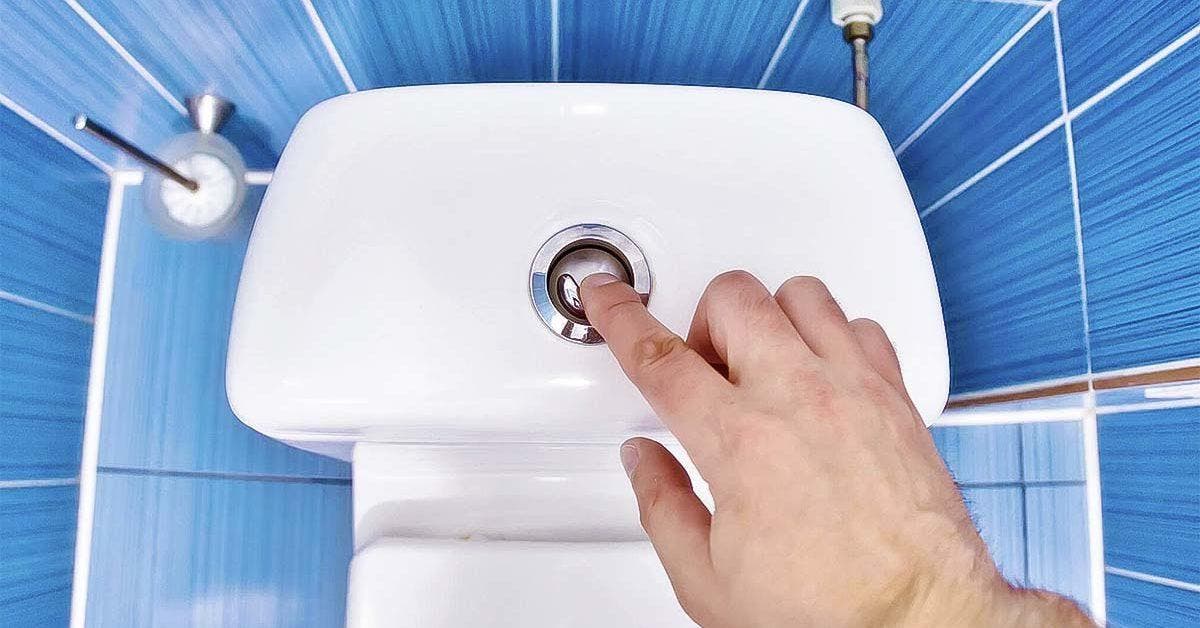
A leaking toilet flush may seem trivial, but know that it can cost you dearly. To avoid unpleasant surprises on your water bill, it is important to know the cause of the water leak as well as effective solutions to overcome it.
Leaking toilet flush: what are the causes?
When talking about plumbing, one of the most common problems that one can encounter concerns the flushing mechanism . If a flow occurs every time you flush the toilet, here are the causes:
- The supply valve or flush fill valve is loose;
- The screws and nuts that connect the flush tank to the other parts of your toilet are also loose;
- Cracks in the flush tank ;
- The flush valve flapper does not close properly.
Toilet flush leak: how to recognize the problem?
With a leaky flush, gallons of water are wasted. However, it is easy to detect the water leak. If you see water flowing from your toilet tank into the bowl consistently, it is likely a water leak. A dripping sound inside the tank might also catch your attention if there is a water leak.
How can I check my toilet?
To carry out your investigations and check the existence of a water leak in your toilet, it’s very simple:
- Flush your toilet and wait 30 minutes;
- Wipe the inside of the bowl with toilet paper ;
- Place another piece of dry toilet paper around the edges of the bowl;
- Wait at least 3 hours without using your toilet ;
- If after this time the paper is wet, you have a water leak.
How to repair a small leak in the toilet flush depending on the cause?
To fix your leaking toilet, of course, it all depends on the cause of the problem. Start by determining the source of the leak.
If the flapper is the cause of the leak
The flapper is the part of the toilet that lifts and releases the tank valve to let water flow into the bowl when you flush the toilet. If not placed correctly, it may allow water to flow continuously. Pour a few drops of food coloring into your tank and wait a few minutes. If colored water flows into the bowl without you flushing, the flapper may be incorrectly installed. Here is how to proceed in this case:
- Close the shut-off valve to stop the water supply;
- Empty the tank by flushing several times;
- Remove the cover from the toilet tank and mop up the water remaining at the bottom of the tank;
- Check the quality of your valve. If the rubber is no longer soft and malleable, replace it. To do this, remove it from the flush handle chain and put the new one in place by attaching it to the latter;
- Open the tap to refill the tank;
- If after checking, your valve is correctly placed and working as it should, this means that the leak is coming from elsewhere.
If the gasket is the source of the leak
To check if your leak is coming from a defective seal, the mission is a little more complicated, because you have to completely detach the tank from the other components of the toilet. As this operation is quite complex, it is best to call a professional plumber. But if you want to do it yourself, get help to lift the tank, and carefully follow the following steps:
- Close the water supply tap;
- Flush the toilet until there is no more water in the tank;
- Unscrew the nuts that hold the retaining bolts in place with an adjustable wrench. To make it easier, hold the top of the bolt with a screwdriver;
- Unscrew the locknut that connects the tank to the water supply line;
- Detach the toilet tank;
- Take a look at the condition of the rubber seal. If it is hard or cracked, it needs to be replaced. Remove it and place the new one in its place;
- Replace the tank on the bowl and replace the retaining bolts;
- Tighten the nuts gently;
- Open the tap and fill your tank.
If the water supply line is the cause of the leak
Your water leak may also be coming from outside the tank. Check the supply line that connects your toilet to the plumbing network. Water may leak from fittings or a hole between them.
- Avoid overtightening the nuts, as they can easily be damaged;
- To avoid additional damage, first tighten them by hand, then use your wrench to make an additional quarter turn;
- If the leak is coming from a hole between the water supply pipe fittings, there’s nothing you can do yourself! Contact a plumbing expert to make repairs.
